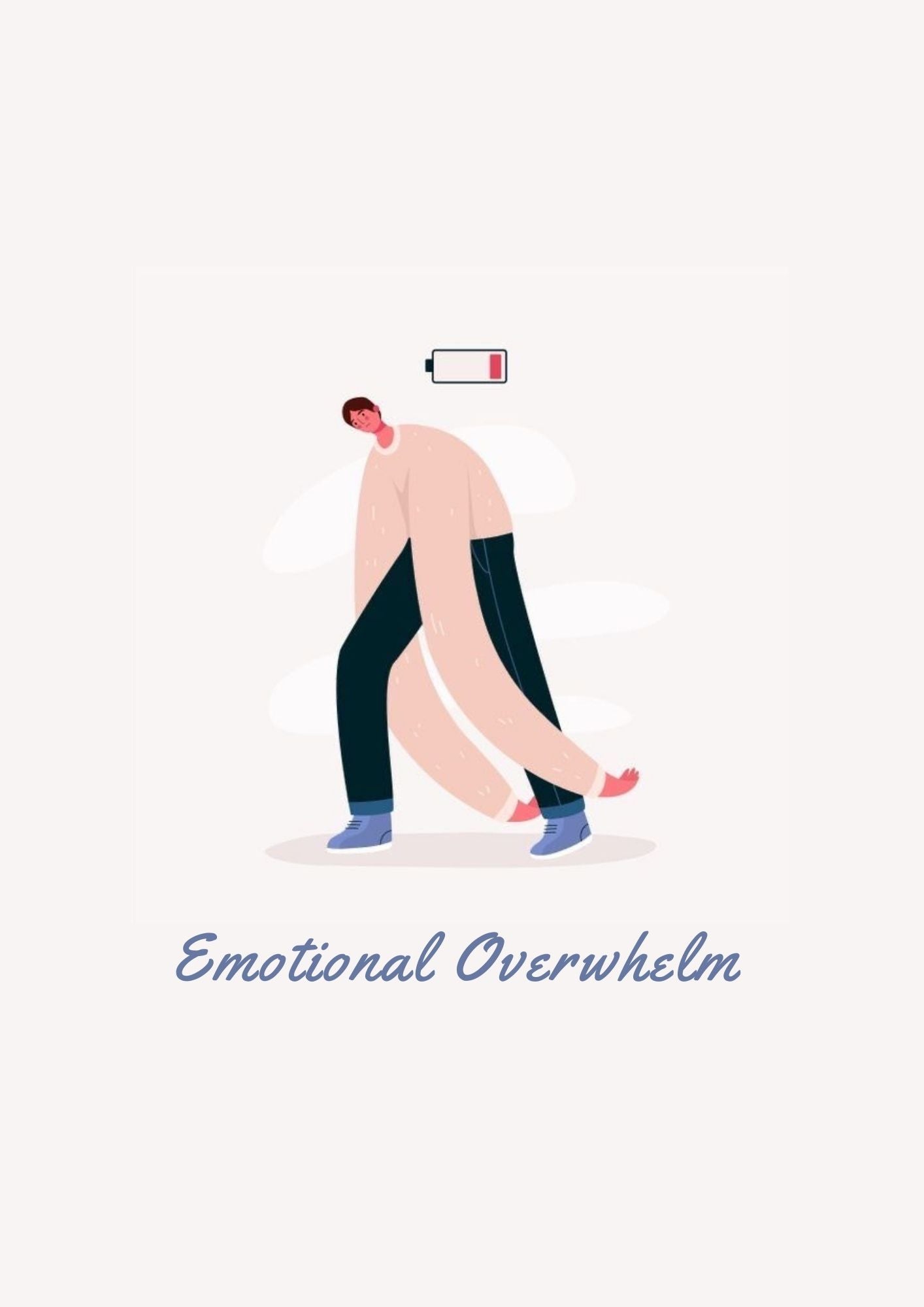What Emotional Overwhelm Really Feels Like — and How to Calm Your Nervous System

Feeling tense, irritable, or disconnected? Learn how to recognize the hidden signs of emotional overwhelm and discover nervous system-based tools for calm, clarity, and balance.
Have you ever felt like the smallest things suddenly become too much? You forget a task, someone interrupts you, or plans change — and your entire system feels overloaded.
That’s not you being dramatic. That’s emotional overwhelm — and it’s more common than we realize.
At Wellbeing Center, we see this daily: smart, capable people silently struggling with internal chaos that doesn’t have an obvious cause. But there is a cause — and it’s often in the nervous system.
What Is Emotional Overwhelm?
Emotional overwhelm is what happens when the demands on your emotional system exceed your capacity to cope. It can be triggered by:
- Accumulated stress over time
- Trauma stored in the body
- Poor boundaries or burnout
- Life transitions (even “good” ones)
- Emotional suppression
Unlike anxiety or depression, emotional overwhelm isn’t always a diagnosable condition — but it is a red flag that your inner world needs attention.
Subtle Signs You’re Overwhelmed (Even If You “Seem Fine”)
- You feel numb, frozen, or avoidant
- You snap easily at others — and then feel guilty
- You feel exhausted but can’t sleep deeply
- You forget things or feel “mentally foggy”
- You feel disconnected from your body or surroundings
- You overcommit, then silently resent it
If you resonate with any of the above, your nervous system may be stuck in fight, flight, or freeze mode.
Why the Nervous System Matters
Your nervous system is your body’s internal alarm system. When it’s regulated, you feel safe, centered, and calm. But when it's dysregulated — due to chronic stress or unresolved trauma — even small things feel threatening.
That’s why emotional overwhelm isn’t “just in your head.”
It lives in your body.
Calming the mind starts with calming the body first.
4 Ways to Soothe an Overwhelmed Nervous System
1. Ground Through Your Senses
Look around and name:
- 5 things you can see
- 4 things you can touch
- 3 things you can hear
- 2 things you can smell
- 1 thing you can taste
This brings your brain back to the now.
2. Breathe With Intention
Try the 4–4–6 method:
- Inhale for 4 counts
- Hold for 4 counts
- Exhale for 6 counts
Repeat for 3–5 rounds
This activates your parasympathetic nervous system — your “rest and digest” state.
3. Name What You’re Feeling
Labeling emotions like “I feel anxious” or “I feel unseen” helps reduce their intensity. This is known as “name it to tame it” — a simple yet powerful practice used in therapy.
4. Seek Safe Co-Regulation
Sometimes, your system can’t calm itself alone. That’s okay.
Being with a therapist, breathworker, or supportive guide helps your nervous system feel safe through connection.
This is one of the most effective ways to shift out of overwhelm.
How We Can Support You
At Wellbeing Center, we offer integrated support that goes beyond talk:
- Somatic Therapy (healing through body-awareness)
- Breathwork Sessions
- Trauma-Informed Therapy
- Energy Healing for Emotional Blocks
Our therapists and practitioners work together to help you reconnect with your body and gently release what’s too much.
Final Thought
You don’t need to push through emotional overwhelm.
You don’t need to “just be stronger.”
You need care. You need space. And most importantly — you need nervous system safety.
Ready to feel grounded and connected again?
Explore our somatic and emotional support services at wellbeingcenter.co or DM us on Instagram @wellbeingcenterme





